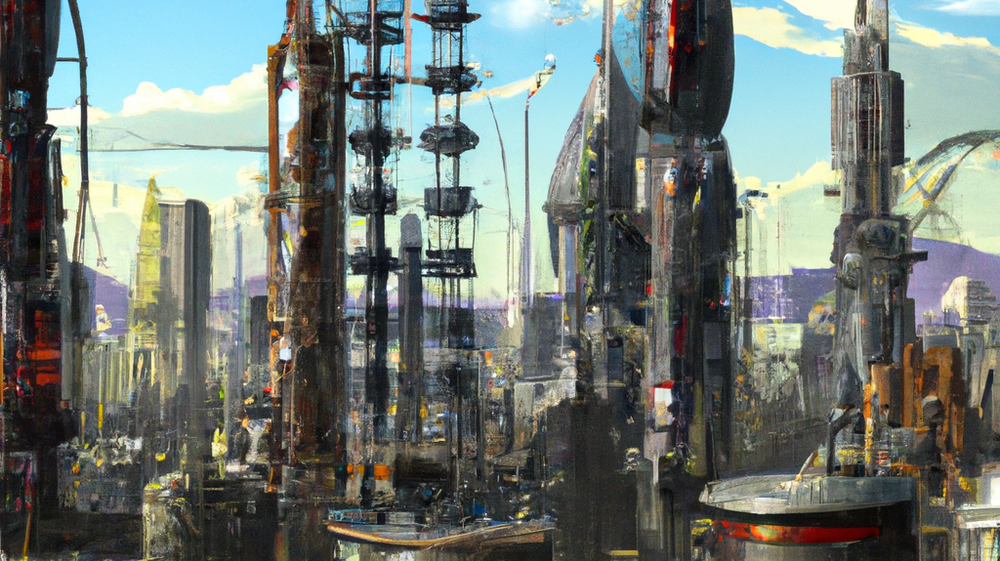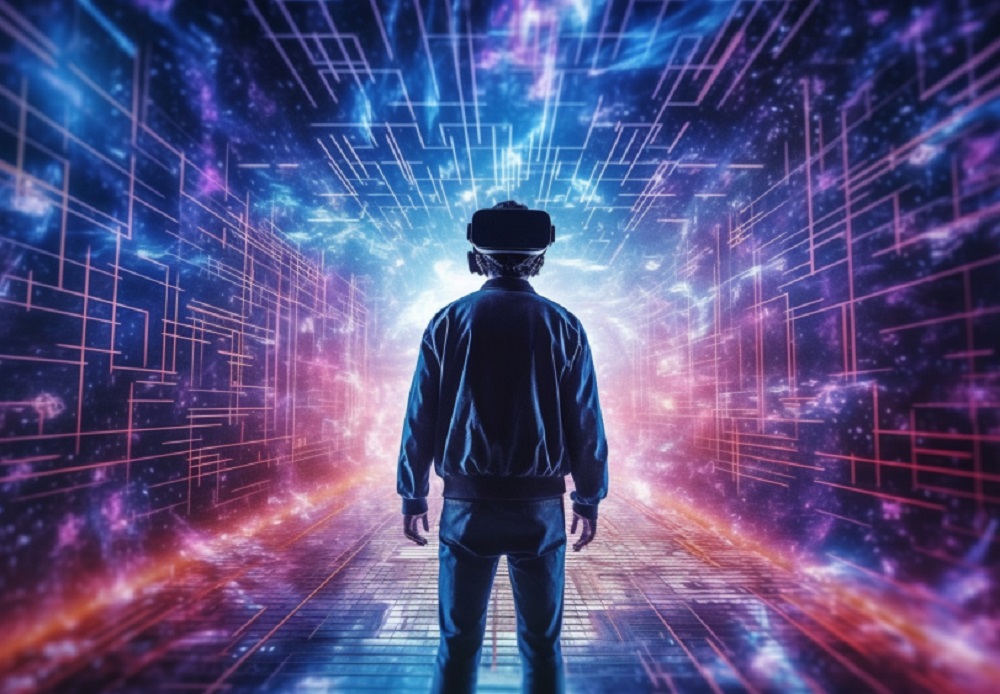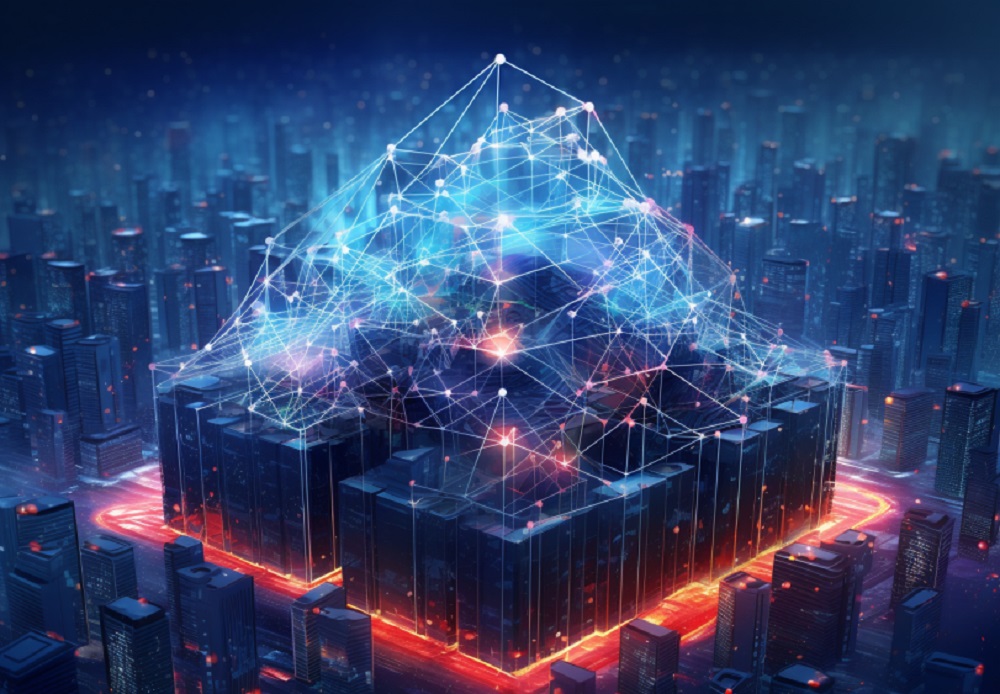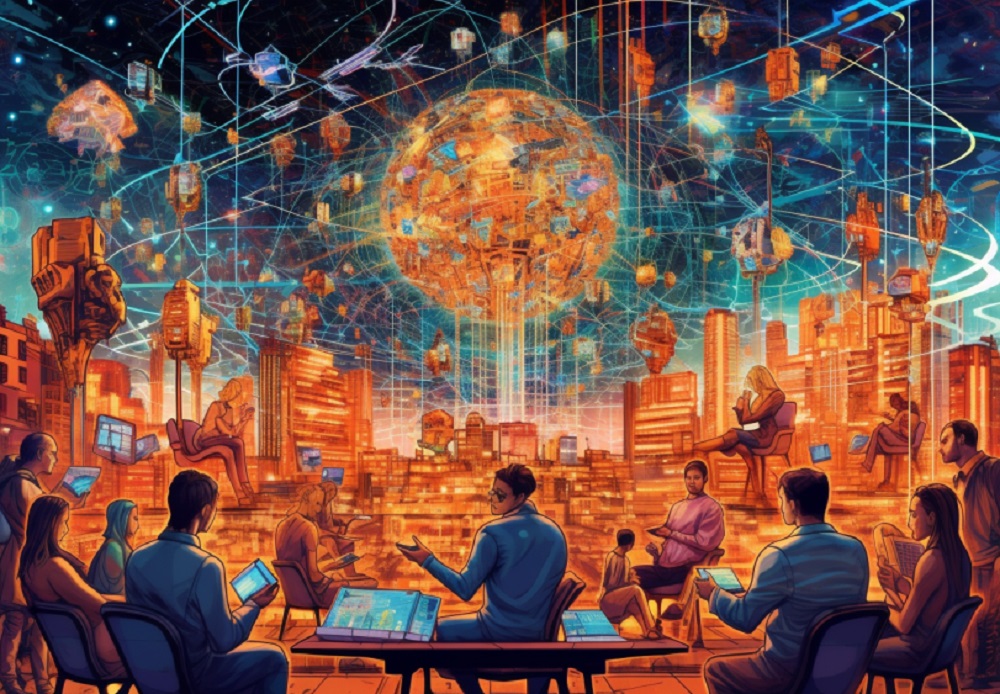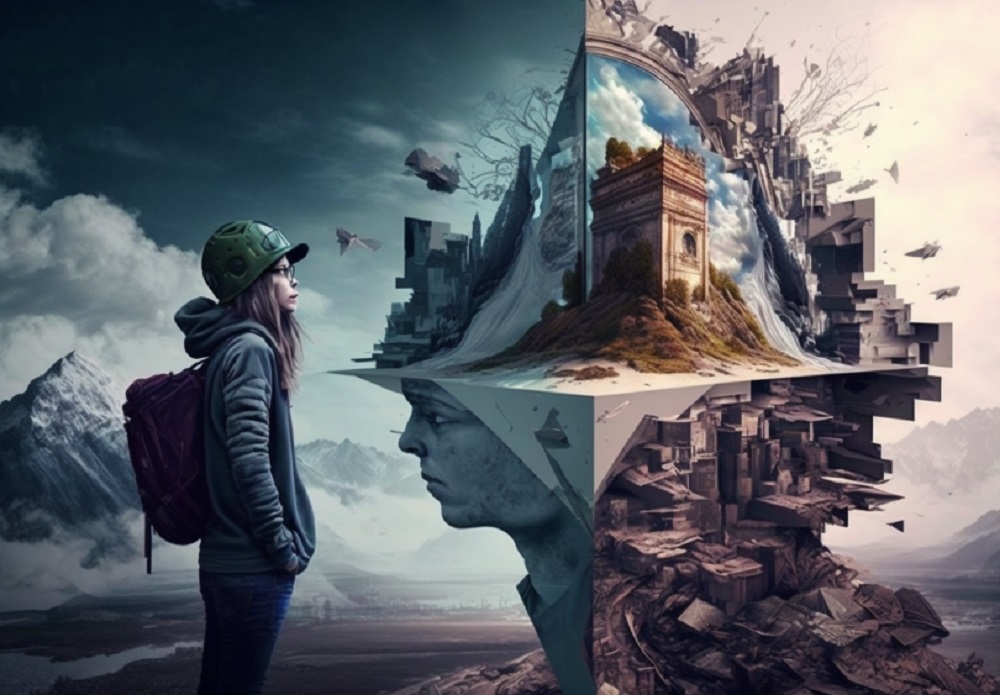Metaverse development tools and technologies refer to the software and hardware that are used to create and build virtual worlds, also known as the metaverse. The metaverse is an immersive, virtual reality space that allows users to interact with each other and digital objects in a shared environment. The development of the metaverse is an emerging field, and there are many different tools and technologies that are being used to bring it to life.
Virtual Reality Headsets
One of the key components of the metaverse is the ability for users to experience it in a fully immersive way. Virtual reality (VR) headsets are the most popular way to achieve this immersion. They allow users to see, hear, and interact with the virtual environment as if they were physically present. The most popular VR headsets on the market today include the Oculus Rift, the HTC Vive, and the PlayStation VR. These headsets use advanced optics, motion sensors, and displays to create a fully immersive experience for users. They also have built-in hand controllers that allow users to interact with the virtual world in a natural way. With the development of more advanced VR headsets such as Oculus Quest 2, the metaverse experience becomes more realistic and seamless.
3D modeling and animation software
Creating the digital assets that make up the metaverse requires specialized software for 3D modeling and animation. These tools allow developers to create detailed, lifelike virtual objects and environments that can be used in the metaverse. Some of the most popular 3D modeling and animation software include Autodesk Maya, Blender, and Cinema 4D. These software have a wide variety of features that enable developers to create highly detailed and realistic models, such as advanced lighting, texturing and rigging tools. They also allow for the creation of animations that can be used in the metaverse, such as character animations and environmental animations. With the use of these software, developers can create highly detailed and realistic virtual worlds that can be used in the metaverse.
Game engines
Game engines are the software platforms that are used to develop and run virtual worlds. They provide the underlying technology that allows developers to create interactive, immersive experiences for users. Some of the most popular game engines used for metaverse development include Unity, Unreal Engine, and CryEngine. These game engines provide a wide range of features for developers, such as physics engines, scripting languages, and rendering capabilities. They also allow for the integration of other tools and technologies, such as VR headsets and 3D modeling software. With the use of game engines, developers can create highly interactive and immersive virtual worlds that can be used in the metaverse.
Social VR platforms
The metaverse is a social space, and social VR platforms are the tools that allow users to interact with each other in the virtual world. These platforms provide the technology for users to communicate, collaborate, and socialize in the metaverse. Some popular examples include VRChat, AltspaceVR, and VR Social. These platforms provide a wide range of features that allow users to interact with each other, such as voice and text chat, avatars, and shared spaces. They also allow for the integration of other tools and technologies, such as VR headsets and game engines. With the use of social VR platforms, users can interact with each other in the metaverse in a natural and intuitive way.
Blockchain technology
Blockchain technology is being used to help build the metaverse in various ways. For example, blockchain can be used to create digital assets that are unique and can be bought, sold, and traded in the metaverse. Additionally, blockchain can be used to create a decentralized economy within the metaverse, where users can earn money from activities such as creating and selling virtual goods. Blockchain technology can also be used to create a secure and transparent system for managing user identities and access to virtual spaces. This allows for a more secure and decentralized metaverse, where users have more control over their own data and assets. Furthermore, blockchain technology can also be used to create a virtual marketplace for virtual goods and services, which can help to fuel the economy of the metaverse.
Artificial Intelligence
Artificial Intelligence (AI) is being used to create more realistic and interactive virtual worlds. AI can be used to create intelligent NPCs (non-player characters) that can interact with users and respond to their actions. Additionally, AI can be used to create more realistic physics and lighting in the metaverse, which can help create a more immersive experience for users. AI can also be used to create more realistic environments, by simulating natural phenomena such as weather, animals, and plants. It can also be used to create more realistic avatars, that can mimic the users' body language and facial expressions. With the use of AI, the metaverse can become more realistic and engaging, making the virtual world feel more like the real one.
Finally, metaverse development tools and technologies are a diverse set of software and hardware that are used to create and build virtual worlds. From virtual reality headsets to game engines, social VR platforms to blockchain technology, and artificial intelligence, these tools and technologies are essential for creating a fully immersive and interactive metaverse experience. As the field of metaverse development continues to evolve, we can expect to see even more advanced tools and technologies being developed to bring the metaverse to life. The metaverse is becoming a reality, and with these technologies, it will be a place where people can connect, interact and create in a whole new way.

